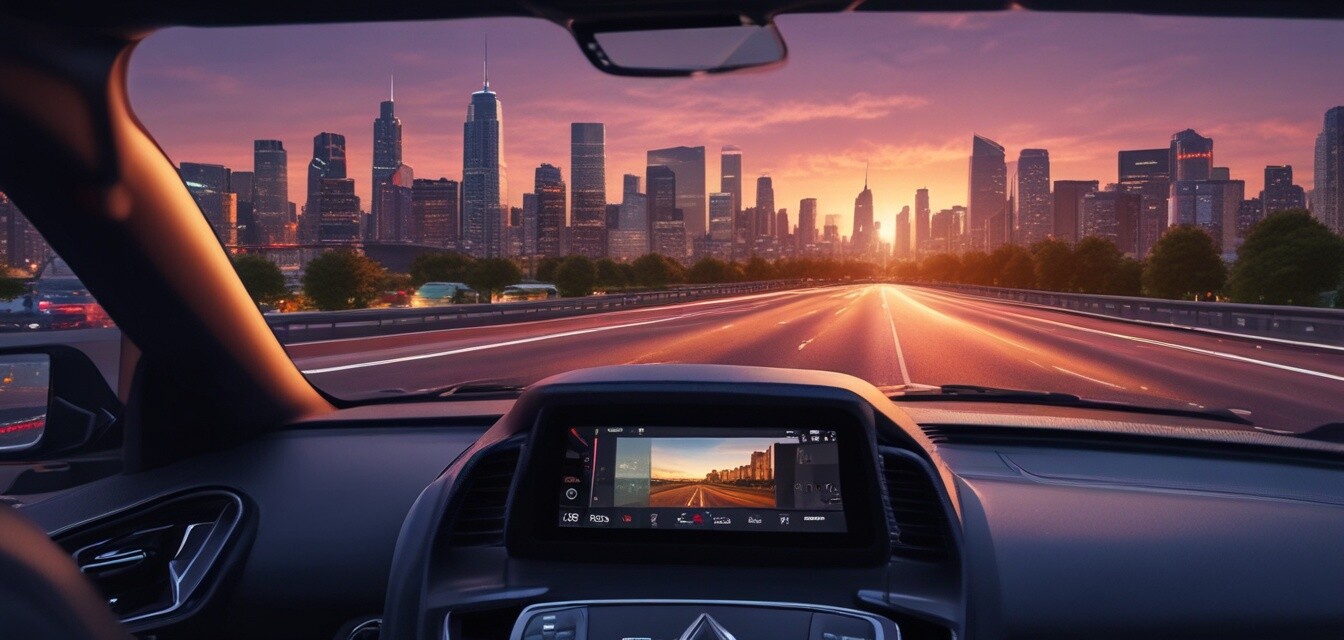
The Pros and Cons of 4K Dashcams in 2025
Key Takeaways
- 4K resolution provides superior video quality and clarity.
- Advanced features like GPS and night vision enhance safety and usability.
- Potential downsides include higher cost and larger file sizes that may require more storage.
- Regular updates and technological advancements are shaping the future of dashcams.
In 2025, the automotive industry continues to innovate, and dashcams are at the forefront of enhancing road safety. Among these advancements, 4K dashcams have gained significant popularity due to their impressive video resolution and features. However, like any technology, they come with their own set of advantages and disadvantages. In this article, we will delve into the pros and cons of using 4K dashcams for daily driving, providing you with essential information to make an informed decision.
What is a 4K Dashcam?
A 4K dashcam refers to an in-car camera that captures video footage at a minimum resolution of 3840 x 2160 pixels. This high definition allows for clear and detailed recordings that are critical for safety and accountability on the road. Whether you are looking to capture accidents, scenic drives, or even driving incidents, a 4K resolution dashcam is designed to enhance your driving experience.
Pros of 4K Dashcams
Pros
- Exceptional Video Quality: With four times the resolution of 1080p, 4K dashcams capture incredible details, making it easier to read license plates and road signs.
- Advanced Features: Many 4K models come with built-in GPS, Wi-Fi connectivity, and voice control, enhancing ease of use.
- Improved Night Vision: Many 4K dashcams boast excellent low-light performance, ensuring you capture quality footage even during nighttime driving.
- Insurance Benefits: In the event of an accident, detailed footage can assist with insurance claims and legal disputes.
Cons
- Higher Costs: 4K dashcams typically come at a premium price compared to lower-resolution options.
- Larger File Sizes: High-resolution videos take up significantly more storage space, which may necessitate the purchase of additional SD cards.
- Battery Drain: Some models may consume more power, impacting your vehicle's battery life, especially with constant use.
- Complexity: The variety of features can make setup and use more complicated for some users.
Comparison of Popular 4K Dashcams
| Product | Video Resolution | Special Features | Price Range |
|---|---|---|---|
| IIWEY D2 Pro Dash Cam | 4K + 1080p | GPS, Wi-Fi, Voice Control | Mid-Range |
| ORSKEY 4K Dash Cam | 4K + 1080p | Night Vision, App Control | Affordable |
Should You Invest in a 4K Dashcam?
Your decision to invest in a 4K dashcam will depend on your individual needs as a driver. If you often find yourself driving in busy areas, or if you want the best possible evidence in case of accidents, a 4K dashcam may be a worthy investment. The enhanced clarity and advanced features usually justify the higher price point when compared to standard dashcams.
Conclusion
In conclusion, 4K dashcams offer significant benefits in terms of video quality and features. While there are some downsides to consider, including cost and file size, the advantages often outweigh these drawbacks for many users. As technology continues to advance, investing in a high-quality dashcam can enhance your driving experience and provide peace of mind.
Tips for Choosing the Right Dashcam
- Consider your primary use case – daily commutes, long road trips, or ride-sharing.
- Look for features that match your driving style, such as parking mode, G-sensor, and app connectivity.
- Read user reviews to gauge real-world performance of different models.
- Don’t forget to budget for an adequate memory card to accommodate high-resolution video files.
